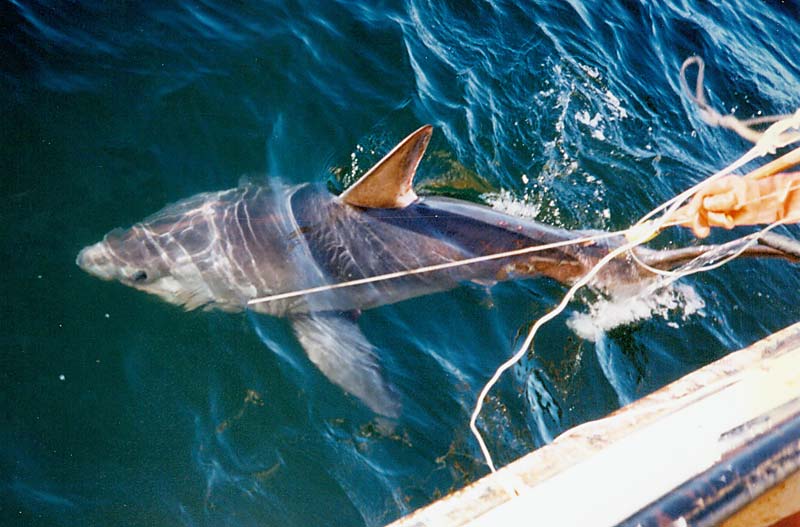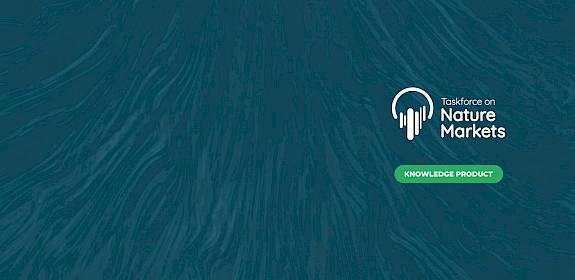Proposals to amend CITES Appendices announced
Cambridge, UK, 17 January 2007—The 14th meeting of the Conference of the Parties to the Convention on International Trade in Endangered Species of Wild Fauna and Flora (CITES CoP14) this year will consider 38 proposals to amend the lists of species subject to trade controls. The CITES Secretariat today unveiled the list of proposals to amend the CITES Appendices which will be discussed at the meeting taking place in the Hague, the Netherlands, from 3-15 June 2007.

A species may be listed on one of three CITES Appendices which offer varying degrees of trade regulation. The listing proposals range from the highly charismatic mammal species such as the African elephant and leopard, to commercially valuable marine species of sharks, eels and coral.
A third of the animal species proposals put forward this year are, in fact, for marine species.
“This greatly increased engagement of the wildlife trade treaty in regulating international fisheries trade is a welcome trend,” said TRAFFIC International Executive Director Steven Broad.
“This clearly demonstrates growing recognition of CITES as a key tool to complement other conservation and management measures—at national and international levels—for commercially important marine resources.”
Among the marine species proposals to be discussed are proposals by Germany, on behalf of the European Union member States, to list the porbeagle shark and spiny dogfish in Appendix II of CITES. The porbeagle shark is principally used for fresh, frozen and dried-salted meat across Europe. Spiny dogfish is used in fish and chips in the UK, where it is often called “Rock Salmon”, and as a smoked meat delicacy in Germany, called “Schillerlocken". Populations of both species have dramatically declined in the North Atlantic: by up to 95 per cent for the spiny dogfish and 89 per cent for the porbeagle, in the last ten and forty years respectively. If successful, the listing would strictly control trade in these species on the basis of CITES permits requiring that international trade is legal, and not detrimental to the species’ survival in the wild or their role in the ecosystem.
These are also proposals to list all species of sawfishes in Appendix I (which would prohibit international commercial trade), and to list species of spiny lobster, European eel, red and pink coral, and Bangaii cardinalfish in Appendix II of CITES.
Four of the listing proposals submitted concern the African Elephant, including a proposal from Tanzania to transfer its population of African Elephants from Appendix I, which prohibits international commercial trade, to Appendix II. If successful, this would allow for a potential one-off export of ivory from Tanzania to approved destination countries.
Other proposals emphasize the sustainable use of wildlife. Brazil has proposed transferring its population of black caiman to Appendix II to allow for trade in the skins of the reptile, while Bolivia has proposed a labeling system for the fine silky wool sheared from live vicuña.
There are 17 different proposals dealing with plant species, including a proposal to list 7 species of Spanish cedar under Appendix II. Widely used as a construction timber, as well as for furniture and paneling, the listing would regulate trade in the timber species through a system of permits. There are also proposals to list Brazilwood and three Dalbergia rosewood species in Appendix II. IUCN's Species Programme and TRAFFIC will be conducting technical reviews of all the CITES CoP14 proposals to amend the Appendices. The Analyses of Proposals to Amend the CITES Appendices is produced in the run-up to every CITES COP, with IUCN's Species Survival Commission (SSC) collecting information on the status and biology of species from its Specialist Group network and the broader scientific community, and TRAFFIC collecting data on the trade and use of species, using its own sources as well as the CITES trade database. The Analyses aim to ensure that the decisions made at the COP are based on the best available scientific information. They provide as objective and factual an assessment as possible of the amendment proposal against the requirements of the Convention as laid out in the CITES listing criteria and other resolutions.
TRAFFIC will also be preparing its Recommendations on Proposals to Amend the Appendices, which will be made available prior to the Meeting.
In addition to the listing proposals, a number of key wildlife trade issues on the agenda of the meeting will also be keenly debated by the 169 countries that are Parties to CITES. This includes determining whether conditions have been satisfied to allow exports of stocks of elephant ivory from Botswana (20 tonnes of ivory), Namibia (10 tonnes) and South Africa (30 tonnes) that were agreed to in principle in 2002. A meeting of the CITES Standing Committee last October determined that all conditions had not yet been satisfied and the sales could not go forward at that time. The Standing Committee had also requested that all Asian big cat range States report to CoP14 on their progress in implementing CITES recommendations to address illegal trade in tiger parts, and determine whether additional measures are necessary. The meeting will focus its attention on illegal trade in skins and bones of tigers and other Asian big cats.
A report by IUCN and TRAFFIC on standardized indicators of success for evaluating rhinoceros conservation initiatives, rhinoceros horn stockpiles, seizures, poaching and other aspects of the conservation of and trade in rhinoceroses, is also on the CoP14 agenda. Amendments to a CITES Resolution on trade in sturgeons and paddlefish will also be discussed. The CITES Secretariat in Geneva had this month published sturgeon quotas for 2007 effectively re-allowing trade following last year’s suspension in international trade in caviar from wild sturgeon.
This year’s meeting will be the first time that a CITES CoP is being held in the European Union (EU). The 27 Member States of the EU represent one of the world’s largest and most diverse markets for wildlife products, accounting for over one third of legal global imports. With the world spotlight on the EU, TRAFFIC is encouraging Member States to enhance co-ordination of enforcement efforts in the EU, to combat illegal wildlife trade and enhance communication and co-operation on wildlife trade enforcement. TRAFFIC is also encouraging the EU to take action to ensure greater complementarity and effectiveness of the significant financial and technical support it provides to third countries to assist them in managing their wildlife resources at sustainable levels.
For a complete list of CoP14 proposals, please go to the CITES Secretariat website at http://www.cites.org/eng/cop/index.shtml
For further information:
Sabri Zain, TRAFFIC International, tel: +44 (0) 1223 277427, e-mail:


![[left] Do Xuan Hoa, Vice Chairman of VATA [right] Han Ruilin, Vice Chairman of CEA sign Memorandum of Understanding](/site/assets/files/24014/mou_signing_between_vietnam_automobile_transport_association_vata_and_the_china_express_association_cea.-575w.575x280.1717512698.jpg)
